Richard Friese
Richard Friese is an animal painter who was allowed by the last German emperor to visit his residence and hunt in the Romincka Forest. December 15 marked the 163rd anniversary of his birth, so I would like to tell you what exactly this artist did to earn the emperor's special favor, and what of his works have been preserved in the Kaliningrad region and in Russia .
Could have become an official
Richard Bernhard Louis Friese's family had absolutely no connection with art. The boy was born on December 15, 1854 in Gumbinnen (now Gusev ), in the family of a government official Adolf Leopold and his wife Augusta Johanna. Of course, his father hoped that Richard would follow in his footsteps and join the ranks of officials in the future, but his son disappointed him by starting to study lithography in Berlin against his will , where he escaped from his parents' nest in 1871. Three years later, the young man entered the art school at the Museum of Applied Arts, and here a love for drawing animals began to awaken in him.
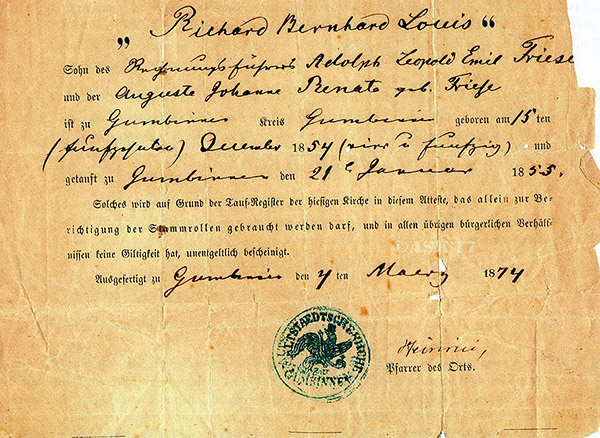
The fact is that during his years of study, Richard often visited the Berlin Zoological Garden, where he closely examined the animals there, gradually realizing that they could become objects of fine art. Thus, in 1874, with the help of the artist Paul Meyerheim, Friese published his first photographs of animals from the Berlin Zoo. However, this was only the beginning of his career.
Meeting the future emperor
In February 1877, Friese entered the Royal Academy of Fine Arts. There he studied with such famous artists as P. Mayerheim, K. Steffeck, L. Rosenfelder. Under their influence, Friese was finally formed as a painter, although the artist abandoned his studies at the Academy, since with the help of his older brother Emil he managed to open his first studio in Berlin.
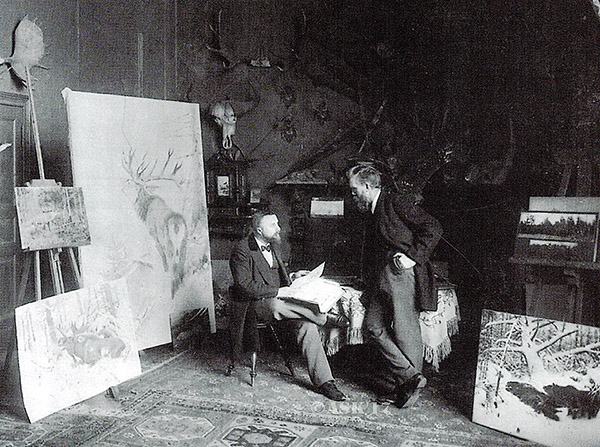
Despite his apparent success in the capital, Friese was drawn to East Prussia , and in the autumn of 1877 he came for the first time to paint in the open air in the Elchwald reserve on the shore of the Curonian Lagoon. Periodically visiting there, in 1884 he went to the hunting lodge of Wilhelm II in the village of Rominten (now the border outpost Raduzhnoye). There he sketched the red deer and their antlers hunted by the emperor. Many canvases depicting the imperial trophies adorned the walls of the hunting lodge. Reproductions of these works were placed on postcards and published in hunting magazines. It is difficult to say who ultimately "promoted" whom more, Friese the Romincka Pushcha or Friese the Romincka Pushcha. The fact is that it was thanks to the postcard images of the red deer from this area that the forest became famous throughout the world.
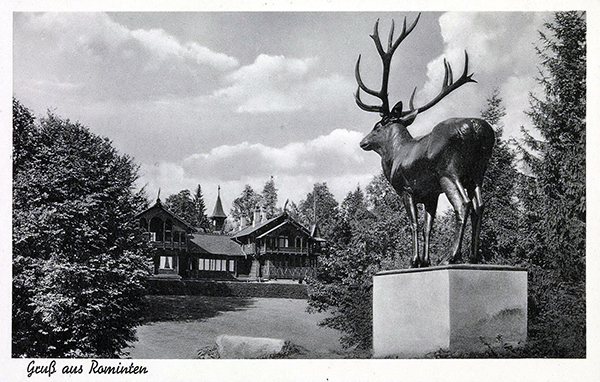
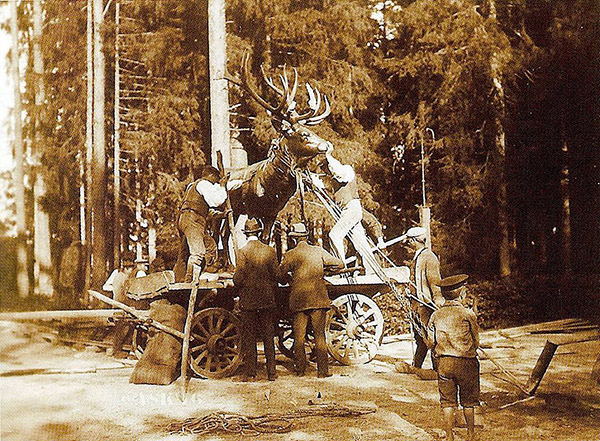
As already mentioned, some of the sculptures from the Deer Bridge are now in a sanatorium in the Moscow region , and the sculpture that stood next to the chapel was moved after the war to a park in the city of Smolensk , where it still stands today.
Only postcards remain
In October 1909, Friese received a special thank you from Wilhelm II - he was allowed to hunt a red deer in the Forest. It was a male with 18-pronged antlers.
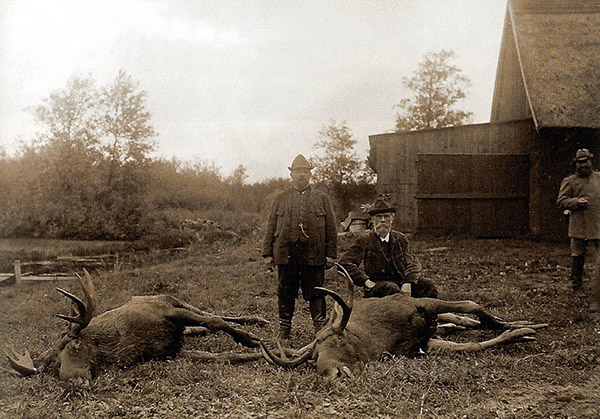
In January 1911, Friese made his last trip abroad - together with the forester from the Romint Forest, Elers, he went on a bear hunt in Russia. On the way back, he visited Norway. From the end of the 1890s, the artist was often tormented by attacks of rheumatism. From 1914, he had frequent attacks of migraine. And although he did not complain to anyone about his health, his strength began to leave him. On June 19, 1918, Richard Friese died. The artist was buried in Berlin.
Already in 1930, his brother Emil published a book of memoirs about the artist. Today, most of Friese's works are in private collections, as well as in museums in Dresden , Bremen , and Berlin. Unfortunately, after the war, not a single work by the artist remained in our region. However, old postcards and photographs remind us of them.
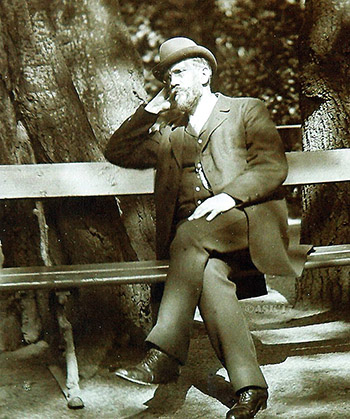
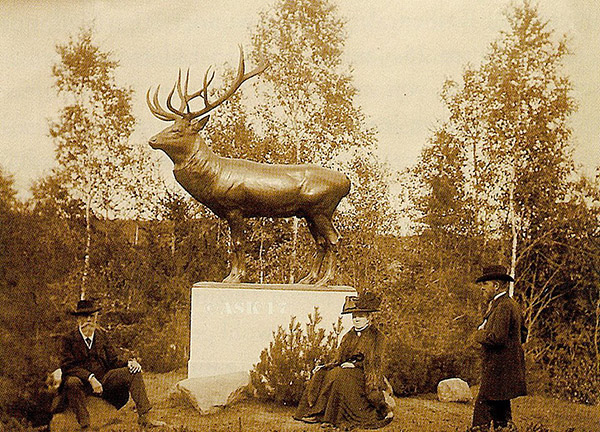
_________________________
Notes
- Josef Pallenberg ( 1882-1946) was an animal sculptor. Among other things, he created animal sculptures that decorated the entrance to the Carl Hagenbeck Zoo in Hamburg .
(based on materials from: Gautschi A., Siemens W., Vollmer-Verheyen HG Richard Friese — his Life, his Art. Neumann-Neudamm Melsungen, 2013)
